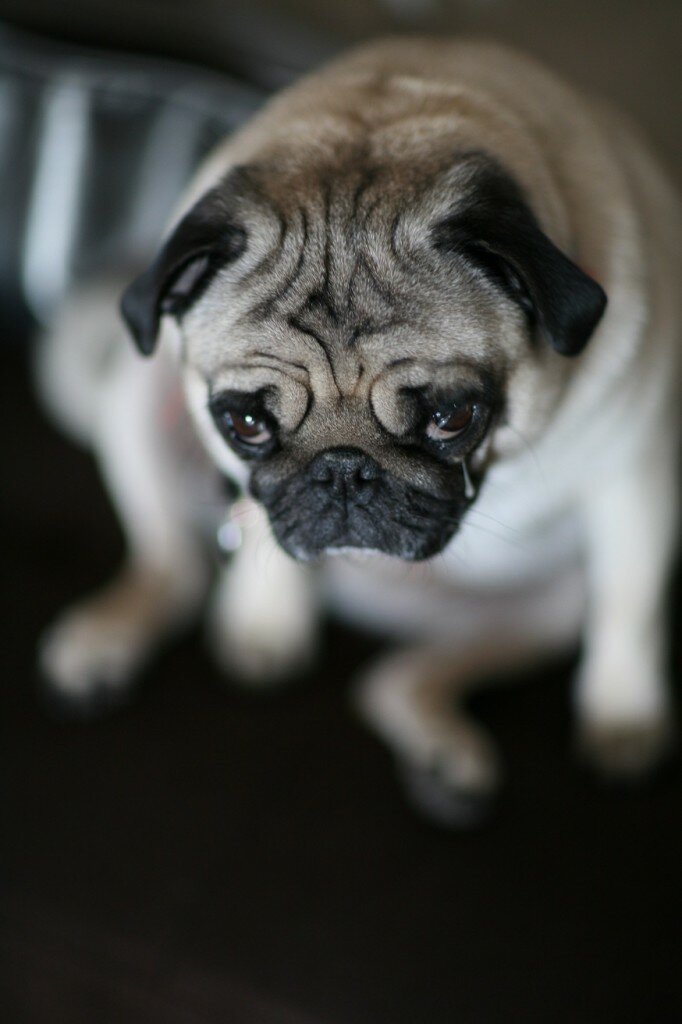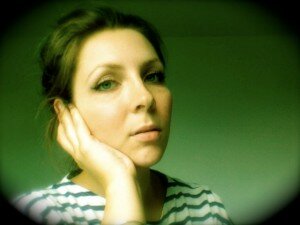Oomska’s ‘Future of Photography’ Series continues…
We presented our interviewees with a set list of questions, and left the matter of in what format and at what length they should answer entirely up to them. Here are Emma Jay’s responses.
1. How and when did you first become interested in photography? What was the trigger which led you to take a serious interest? How different would that trigger be now, with all the changes – technological and otherwise – in photography during the intervening years?
I think I was about 6 or 7 years old when I started to be fascinated by photographs. There wasn’t any particular trigger, more that I was a “watcher” as a child. I would observe. I still do that. It wasn’t until I was at University that I took a serious interest – buying a good camera and experimenting in the dark room.
2. Photography is often described as a mixture of art and science. It’s also a medium. How has digital technology altered the way these elements combine to produce what we think of as ‘photography’? Has technology altered that balance?
I’m not so sure about this. One can alter an image digitally, but you still need an ‘eye’ for an image initially. Digital technology has made photography more accessible to people, but I don’t think it has made them all artists.
3. Prior to the introduction of digital, how much did the equipment you used change over the years? How has digital changed the way you use equipment? How would today’s technology, if you could have used it earlier, have changed your relationship with photography?
When I first started taking photos, I used a 35mm SLR and a Polaroid camera. I still love the Polaroid! I then “progressed” to a 6X6 medium format, which I really enjoyed using but found very challenging. I don’t think I’m technically minded enough to have fully mastered it. With the advent of digital equipment, I shoot a lot more images. It doesn’t matter if you make mistakes – they can be deleted. With the medium format, I only had 12 exposures to a roll of film, so had to be very careful…
4. How would photography’s great pioneers have embraced and utilised today’s technology? Might Ansel Adams be using software to stitch together panoramas of Yosemite? Would Garry Winogrand be using an iPhone? Would Eadweard Muybridge be experimenting with HDR?
Interesting question. I definitely think photographers like Winogrand, Nan Goldin and even Cartier-Bresson would have utilised the immediacy of camera phones in a fascinating way. I think for landscapers, it’s different. There is a slowness to the creation of those images which is still the case today. Possibly Adams or similar would still use what is “there” rather than what they can create afterward. I’d love to see how Dorothea Lange would have embraced or rejected the technology.
5. In some ways, digital seems to have ‘won out’ over film. Digital photography is everywhere, while companies such as Nikon and Fuji are discontinuing some of their films and film cameras. Is this process irreversible? Should we care?
We should care, yes; but at the same time (in a similar way to tapes replacing vinyl, CDs replacing tapes, mp3 replacing CDs, etc) we should embrace the new technology. It doesn’t mean that film should become obsolete. I think there is room for all. I was devastated when Polaroid announced they wouldn’t be producing anymore, but other companies have stepped in to fill the void. There will always be passionate people out there who love film and will not let it fade into extinction.
6. Are there some qualities or aspects of film photography which digital will never be able to replicate or replace? If so, will these aspects of photography die with film?
Well, it’s interesting that a lot of the new photography apps seek to replicate the “unreliable” aspects of film, but without the unreliability! So, I guess a few years ago I would have answered yes. Now, I’m not so sure.
7. Will the ‘camera’, as we (still) think of it, even remain as a distinct device? Or will ‘camera’ become just one of a plethora of multimedia features people expect to find on any number of hybrid consumer appliances?
I can’t answer this question. I have no idea..
8. A few years back, Magnum photographer Eliott Erwitt was quoted as saying: “Digital manipulation kills photography. It’s enemy number one.” He also disdained digital in general, for its ability to produce “an image without effort”. To what extent would you agree or disagree with these sentiments?
Hmm. I do agree. I think now it’s all to easy for people to take a crappy image and then “fix” it in photoshop later on. This does take away from the skill required to get the lighting just right, or the shutter speed, or the colour balance. I try to get it right initially, I hate Photoshop and never use it. However, I do find cropping tools very useful… I think a lot of people today fancy themselves as photographers and can technically take a good image, but it lacks soul and heart and integrity. There’s no passion in it. To use film, you have to really love it.
9. We’re all thoroughly weary of the ‘fix it in Photoshop’ approach. But defenders of digital post-processing often say, “Well, it only does what you used to do in the darkroom.” Is this a valid argument?
No.
10. For how much longer will the general conception of ‘photography’ refer exclusively to static, two-dimensional images? Imminently, 3D is looming, and ‘convergence’ – meaning not just the ability of modern DSLR’s to capture high-definition video, but the compulsion to make use of that functionality – is a current buzzword. Does this trend – photographers becoming film-makers, and vice versa – ignore the important divisions between static and moving images?
I don’t necessarily think that this is that relevant. I don’t know any photographers personally who are interested necessarily in creating moving images. I’m certainly not interested in that. I see the static image as being very, very different to the moving image. I have no real interest in creating moving images; and if I did, I wouldn’t compare it to photography. I probably wouldn’t even see it as being the same genre, really. To me, it’s no different to someone creating paintings, and then moving to filming images. I don’t see a direct correlation, other than the equipment used.
11. Cinema historian David Thomson, in his ‘Biographical Dictionary of Film’, wrote the following, regarding Marilyn Monroe: “She gave great still. She is funnier in stills, sexier, more mysterious, and protected against being. And still pictures may yet triumph over movies in the history of media. For stills are more available to the imagination.” How much more of a contentious statement does that seem today?
I don’t think it is that contentious. I agree with him. I think the still image will always evoke more than the moving image. I cannot explain why, either.
Emma Jay started taking photographs in 1998, and started working freelance as a photographer soon after. Initially working with 35mm and medium format cameras, she slowly moved into digital photography – all the while lamenting the decline of the polaroid. She takes portraits. Sometimes these are of people, sometimes places. She loves photo apps on her iPhone. She doesn’t care about being technically perfect or even technically good.


[...] of Photography Q&A No.8 – Emma Jay Jan27 by John [...]
[...] >> Go to Part 8 – Emma Jay Q&A [...]